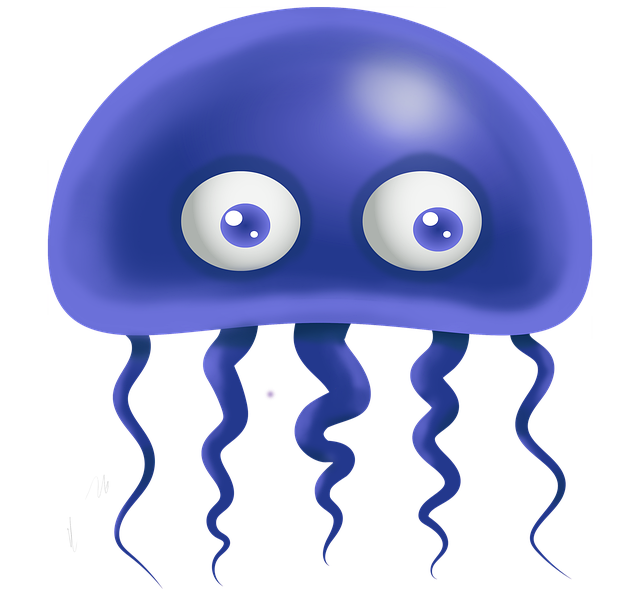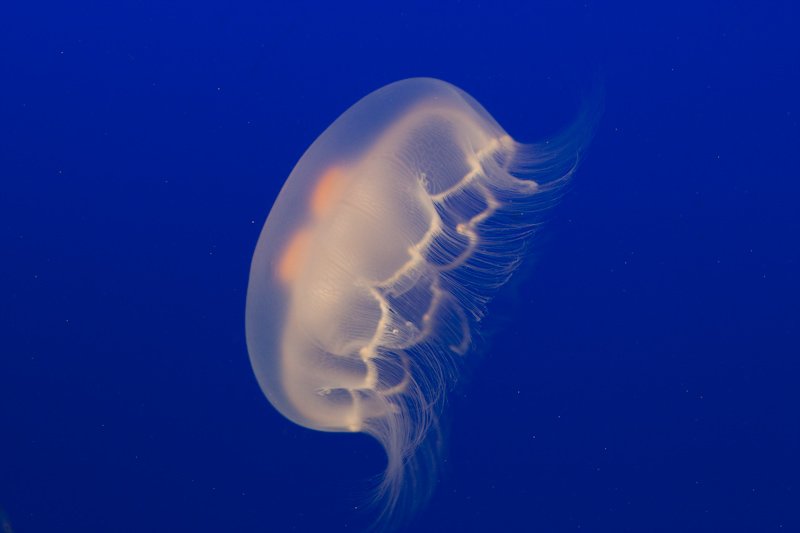Many people wonder if moon jellyfish sting, and the answer is yes, they do. However, their sting is relatively mild compared to other jellyfish species. Moon jellyfish have long, delicate tentacles that contain specialized cells called nematocysts, which release venom when they come into contact with prey or potential threats.
The toxicity of moon jellyfish venom is relatively low, and their sting is generally not dangerous to humans. While the sting may cause some discomfort and pain, it is usually short-lived and does not require medical attention. Most people compare the sensation to a mild sunburn or a bee sting.
If you happen to get stung by a moon jellyfish, there are a few steps you can take to find relief. First, rinse the affected area with seawater to remove any remaining tentacles. Avoid using freshwater, as it can activate more nematocysts and worsen the sting. You can also apply a cold pack or immerse the area in hot water to help alleviate the pain and reduce swelling.
It’s important to note that moon jellyfish are not aggressive and do not actively seek out humans to sting. They are more commonly found in coastal waters and are often spotted near the surface. Moon jellyfish are even kept as pets in home aquariums due to their mesmerizing appearance and relatively harmless nature.
In conclusion, while moon jellyfish do have the ability to sting, their sting is comparitively mild and not considered dangerous. If you encounter a moon jellyfish, there is no need to panic. By following the appropriate steps for relief, you can quickly alleviate any discomfort caused by their sting.

